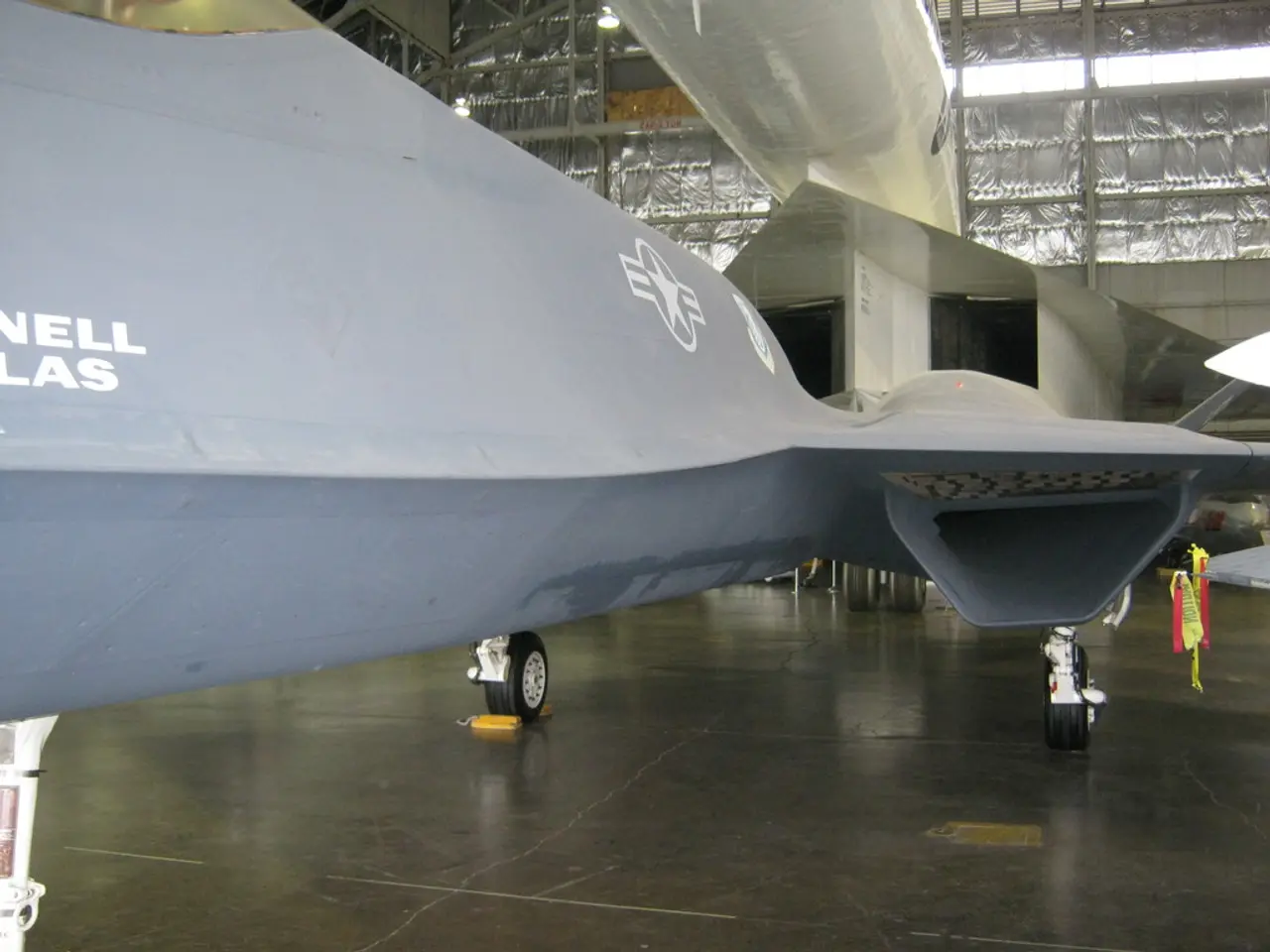Portuguese Explorer and Airman, Gago Coutinho
In the heart of Lisbon, Portugal, on February 17, 1869, Carlos Viegas Gago Coutinho was born. Despite humble beginnings, Coutinho's thirst for knowledge and adventure would lead him to remarkable achievements in the realms of aviation and navigation.
Born into a family that could not afford his engineering studies in Germany, Coutinho instead pursued education in his home country. He completed high school and joined the Portuguese Navy, rising through the ranks to become a vice admiral in 1922 and later an admiral in 1958.
Coutinho's naval career was not confined to the sea. His interest in aviation was ignited when he met skilled pilot Artur de Sacadura Cabral. Together, they embarked on a historic journey, making the first aerial crossing of the South Atlantic in 1922. Using multiple Fairey III aircraft, they successfully traversed the vast expanse of water, a feat that marked a significant milestone in aviation history.
Beyond this famous flight, Coutinho's contributions to aviation and navigation are equally impressive. He invented the aeronautical artificial horizon, a revolutionary instrument that greatly enhanced navigational safety and precision in aviation. This innovation was installed in the aircraft used for the historic flight.
Coutinho also designed a navigation tool for sailors and an aviation tool that calculated leeway during flights. His work in these areas has significantly influenced maritime and aviation technology.
As a naval officer, Coutinho was part of the Portuguese Navy's efforts in advancing its aviation capabilities during the interwar period. His prominence led to a Portuguese Navy coastal research vessel being named in his honour, the NRP Almirante Gago Coutinho, indicating his lasting impact on Portuguese maritime and aeronautical history.
Coutinho's legacy extends beyond his native Portugal. A research paper titled "Gago Coutinho and the Scientific Navigation" was published in Scientific Research in September 2016. His Wikipedia pages are available in English and Portuguese, and there are many monuments in Portugal to commemorate this remarkable man.
Despite his many achievements, Coutinho was not without controversy. He opposed the theory of relativity developed by Einstein and was interested in the history of Portuguese Discoveries. His life and work continue to be a subject of interest and study, a testament to his enduring impact on the world of aviation and navigation.
Coutinho passed away on February 18, 1959, from a kidney problem at the age of 90. His life was a testament to the power of determination and the pursuit of knowledge, inspiring generations to reach for the skies and push the boundaries of what is possible.
[1] Gago Coutinho, C. V. (1922). The Artificial Horizon for Aeroplanes. The Aeronautical Journal, 36(359), 135-141. [2] Gago Coutinho, C. V. (1926). A Navigation Tool for Sailors. The Journal of Navigation, 9(1), 1-10. [3] Gago Coutinho, C. V. (1930). Calculating Leeway During Flights. The Journal of Aeronautical Sciences, 7(4), 213-221.
His accomplishments in the field of aviation, including the invention of the aeronautical artificial horizon and the calculation of leeway during flights, have left a lasting impact on the aviation industry, science, and technology. His work was published in notable journals like The Aeronautical Journal, The Journal of Navigation, and The Journal of Aeronautical Sciences. Today, his contributions continue to influence maritime and aviation finance through research papers and commemorative monuments in Portugal.




